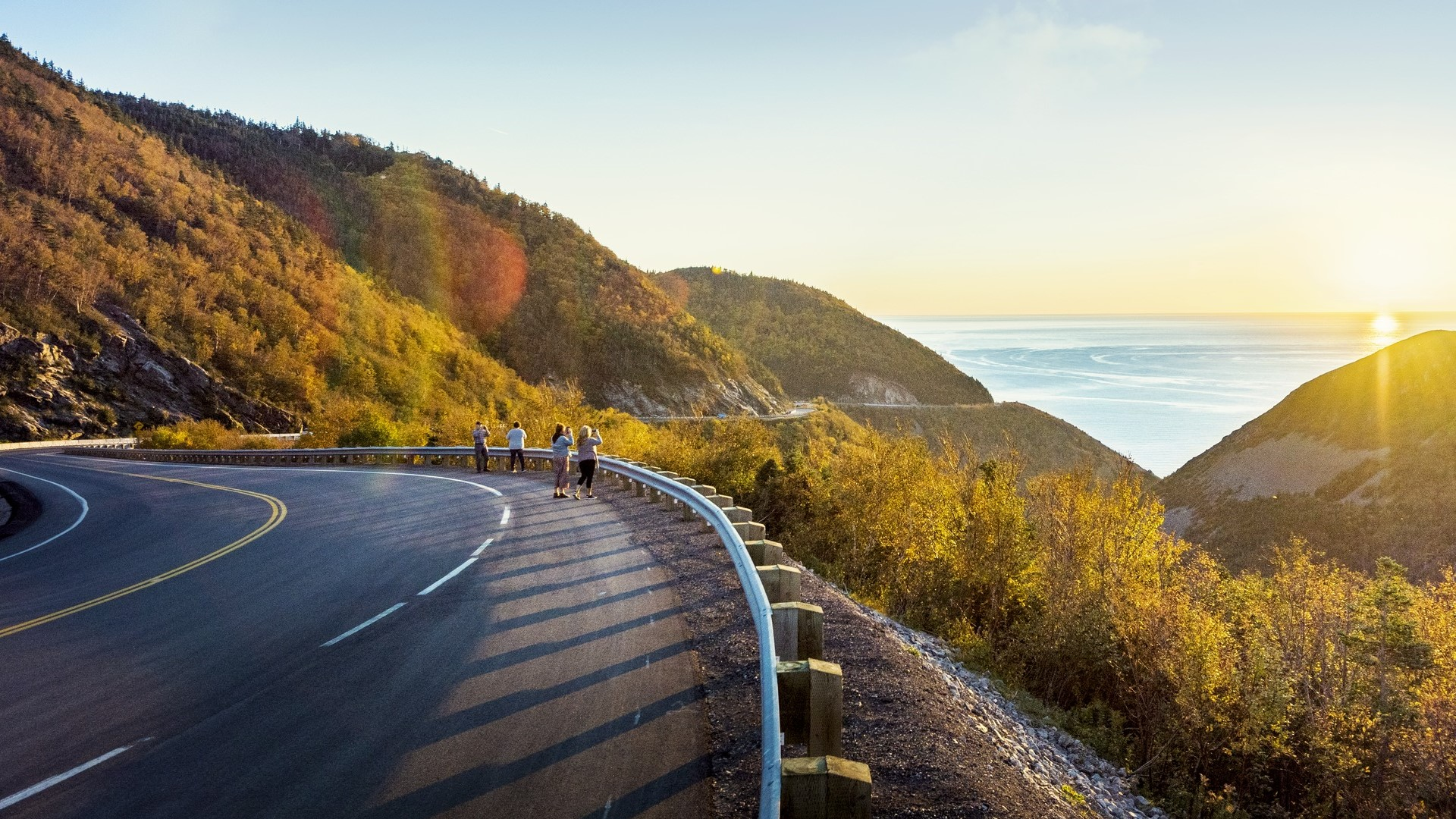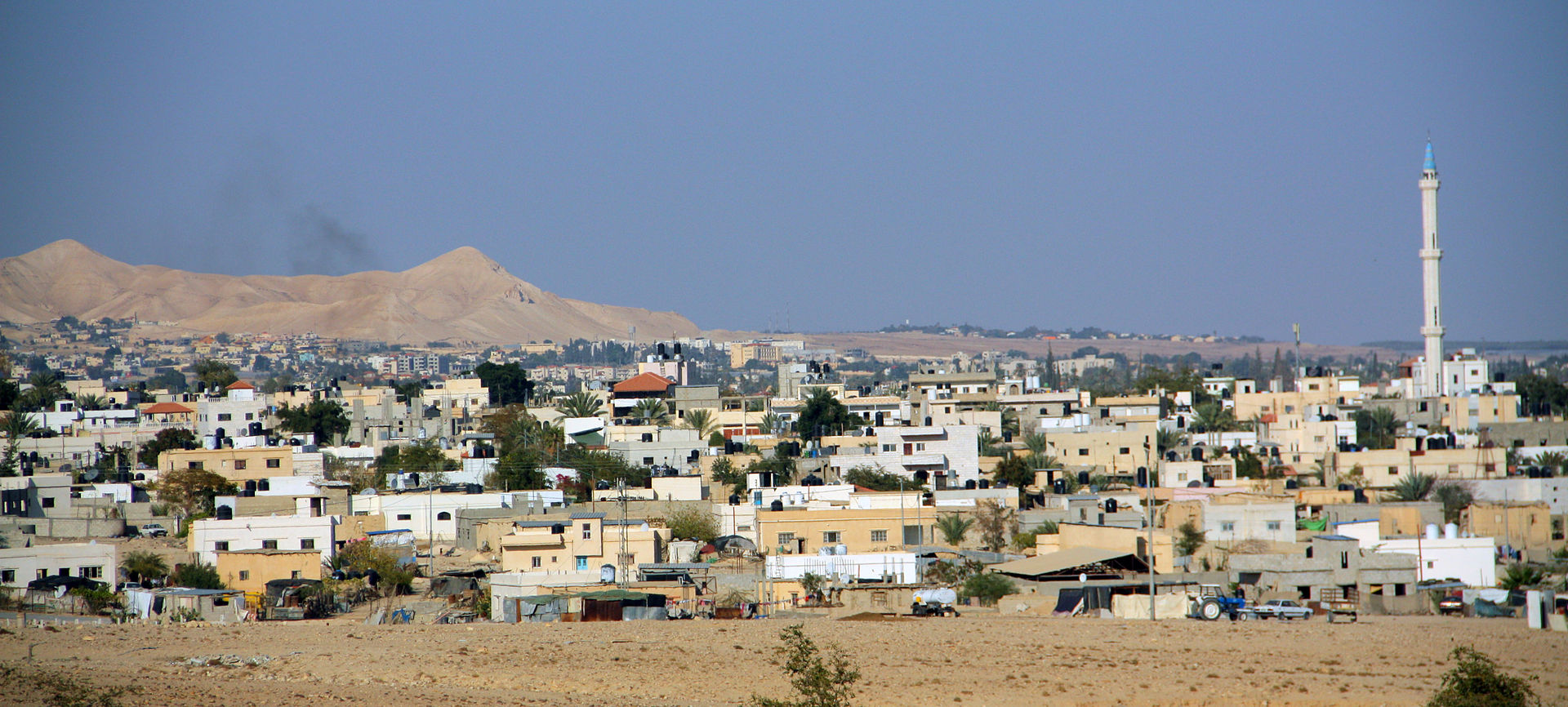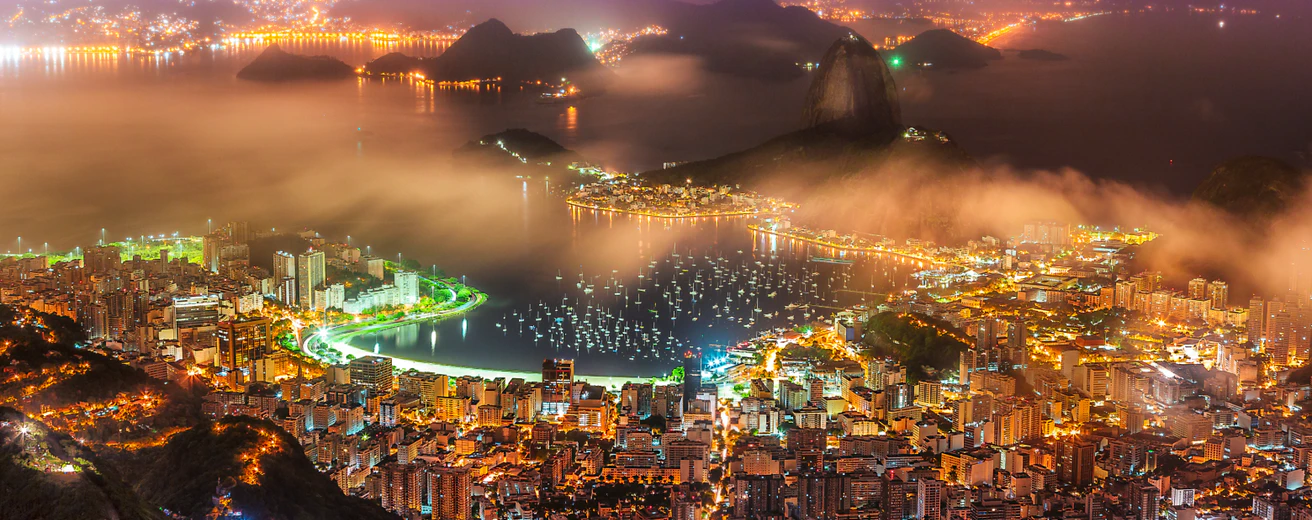Top 10 Most Beautiful Places In The World To Discover
| Top 10 Most Beautiful Roads In The World - Instagram | |
| Top 10 Oldest Inhabited Cities In The World | |
| Top 10 Perfect Destinations For Solo Travellers |
There are many beautiful places on this earth that you should visit. Whether you are a nature lover and enjoy outdoor activities, you prefer to indulge in a museum, or you want to experience the special atmosphere in an unknown country. But, with so many places to visit, where do you start? Where are the most beautiful places in the world to visit? To make your vacation planning a little easier, here are some of the most beautiful places in the world for you.
1. Milford Sound, New Zealand
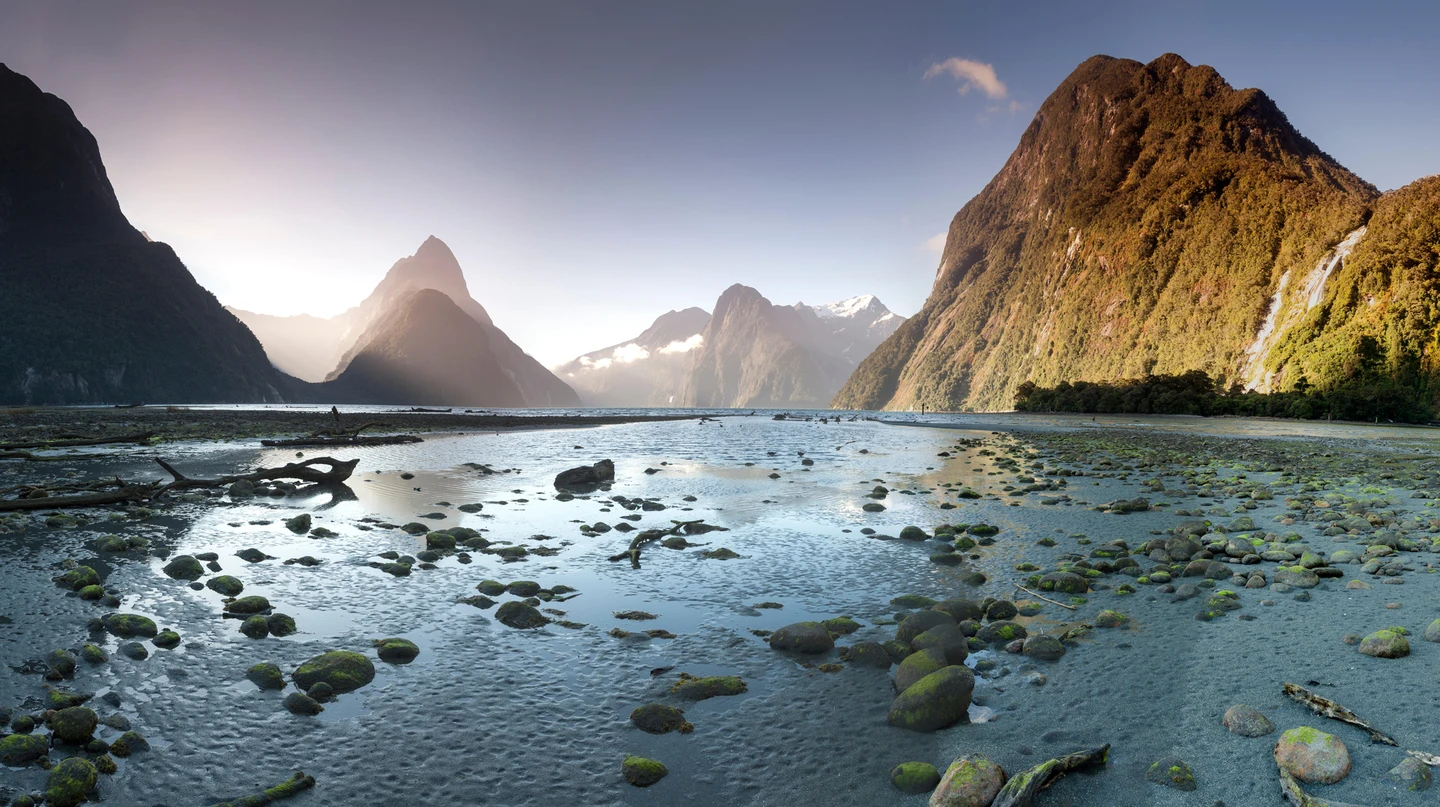 |
| © All Canada Photos / Alamy Stock Photo |
Milford Sound is home to the finest natural landscapes the South Island has to offer. Rudyard Kipling famously described it as one of the wonders of the world – a fitting title for a place that sits at the heart of a UNESCO World Heritage site. If you’re eager to see this fantastic New Zealand attraction from up close, here are some practical tips for visiting.
Hiking is a popular way to explore Milford Sound. The multi-day Milford Track is one of New Zealand’s Great Walks, and is the most highly sought-after route in the area. Shorter walking trails can be found in various noteworthy spots, including Key Summit, Humboldt Falls, Lake Marian and Lake Howden.
Cruises are a good option for sightseeing – especially if you want to get up close and personal with the waterfalls. The Milford Deep Underwater Observatory, the only one of its kind in New Zealand, can only be reached via cruise, too.
For an active, hands-on alternative, try kayaking: not only is this a good way to catch a glimpse of the wildlife, it also allows travellers to creep into the secluded little corners that a typical cruise is unable to reach.
2. Santorini, Greece
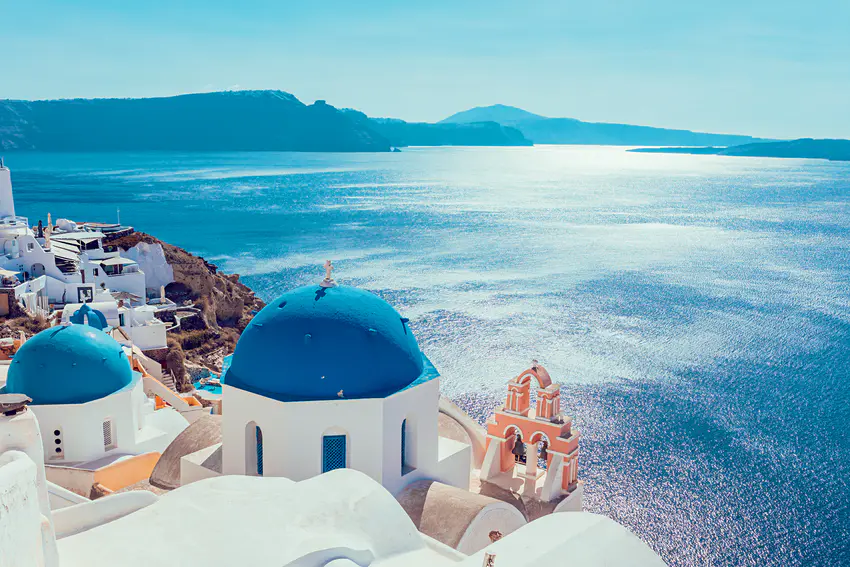 |
| Photo: Lonely Planet |
Santorini, officially Thira, is an island in the southern Aegean Sea, about 200 km (120 mi) southeast from the Greek mainland. It is the largest island of a small, circular archipelago, which bears the same name and is the remnant of a volcanic caldera. It forms the southernmost member of the Cyclades group of islands, with an area of approximately 73 km2 (28 sq mi) and a 2011 census population of 15,550. The municipality of Santorini includes the inhabited islands of Santorini and Therasia, as well as the uninhabited islands of Nea Kameni, Palaia Kameni, Aspronisi and Christiana. The total land area is 90.623 km2 (34.990 sq mi). Santorini is part of the Thira regional unit.
The island was the site of one of the largest volcanic eruptions in recorded history: the Minoan eruption (sometimes called the Thera eruption), which occurred about 3,600 years ago at the height of the Minoan civilization. The eruption left a large caldera surrounded by volcanic ash deposits hundreds of metres deep. It may have led indirectly to the collapse of the Minoan civilization on the island of Crete, 110 km (68 mi) to the south, through a gigantic tsunami. Another popular theory holds that the Thera eruption is the source of the legend of Atlantis.
Santorini is a major tourist destination, and the archaeological site of Akrotiri is a UNESCO World Heritage Site.
3. Isle of Skye, Scotland
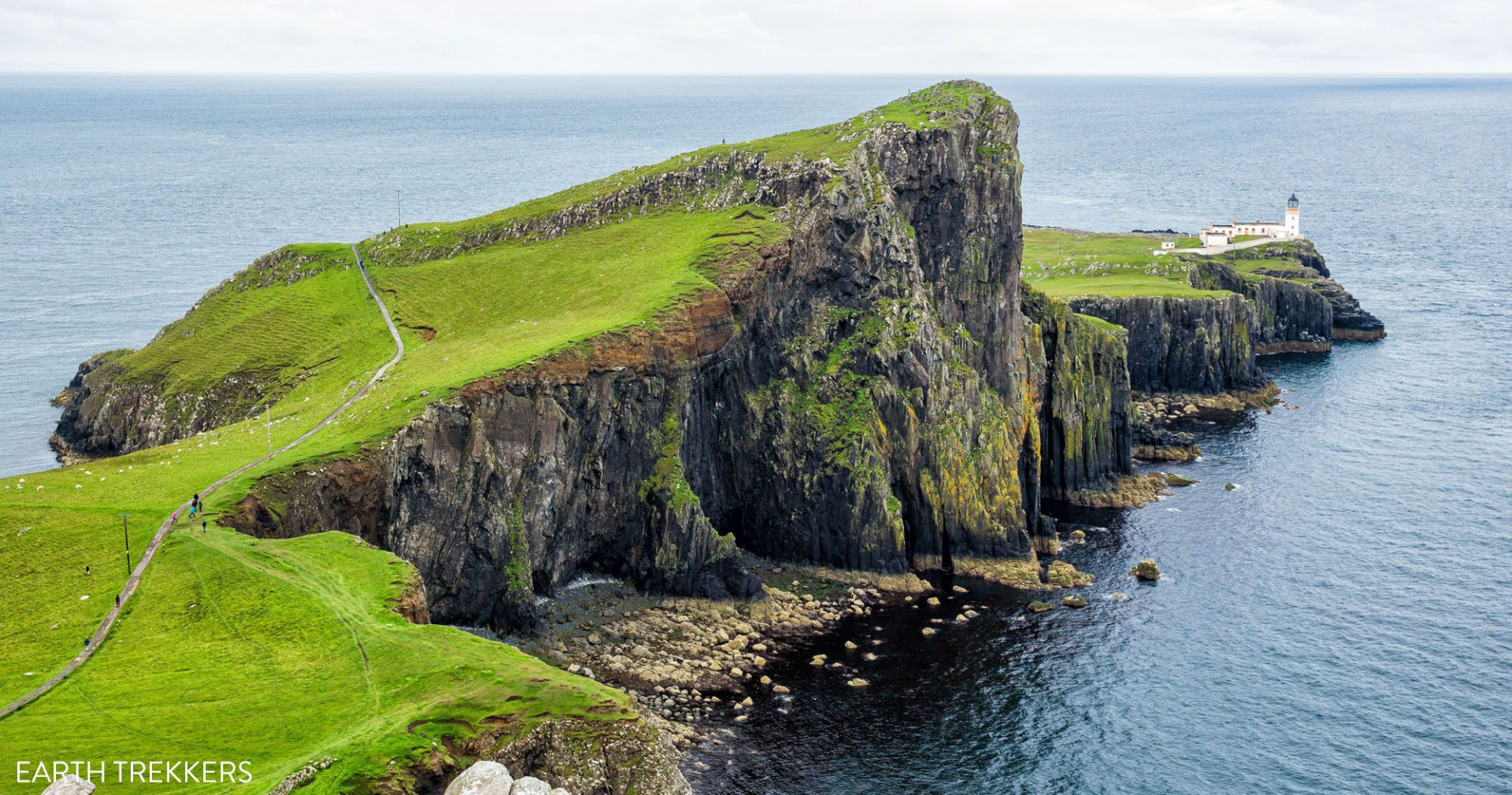 |
| Photo: Earth Trekkers |
Skye is the largest, and arguably best known, of Scotland's Inner Hebrides.
You join Skye from the mainland via the Skye bridge. The Cuillin Hills dominate the landscape. Explore Trotternish to see strange peaks, peculiar rock formations and fairy-tale waterfalls. Skye has strong links with clan battles, the Jacobite Rising and the Highland Clearances.
The isle has also provided inspiration for poetry, songs, novels and films.
The isle’s main town Portree has a character all its own. Seek out the colourful harbour, home to a fleet of fishing boats.
Enjoy their daily catch in one of the town’s many restaurants.
The Isle of Skye offers some of Scotland’s most spectacular scenery. The soaring peaks of the Cuillin Hills, the dramatic geology of the Old Man of Storr and The Quiraing , an extraordinary assembly of pinnacles, rock towers and secret places. Visit stately Dunvegan Castle or the extensive gardens at the Clan Donald Centre. Don’t forget to take time-out to explore Portree with its pretty harbour and local craft shops.
4. Huashan, China
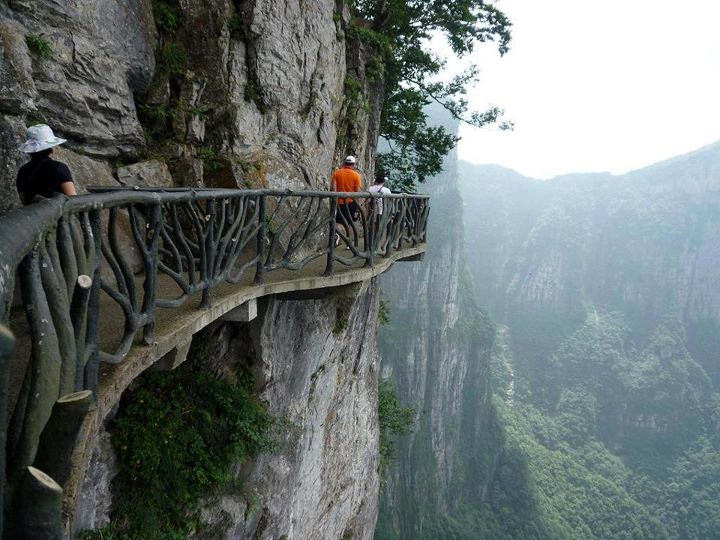 |
| Photo: PandoTrip |
Mount Huashan or Huashan (华山) is one of the famous “Five Mountains” in China, and more importantly, it is the original place of Chinese Civilization. The “Hua” in the Chinese words of “Zhong Hua” (中华, means China) and “Hua Xia” (华夏, the ancient name for China) just came from the Hua Shan (Mount Huashan). Reputed as a holy mountain of Chinese nation, Huashan Mountain is also praised as the “Root of Huaxia (China)”.
Moreover, Mount Huashan is regarded as the “No. 1 perilous mountain in China”, so a lot of riskers and mountaineers have been visiting this famous site to experience its heart-stopping dangerous plank paths on the cliffs. However, along the way to and on the 5 peaks in Mount Huashan tourist area, you could appreciate breath-taking sunrise, sunset, sea of clouds, powerful mountain scenery, a series of interesting places to invigorate your go. Besides, Mount Huashan has tens of ancient Taoist temples and many worth-hearing stories and legends.
There are 5 main peaks in the four directions and the middle of the whole Mount Huashan tourist area, which are the North Peak, West Peak, South Peak, East Peak, and Middle East. Each one has special things to see and experience.
5. Prague, Czech Repbulic
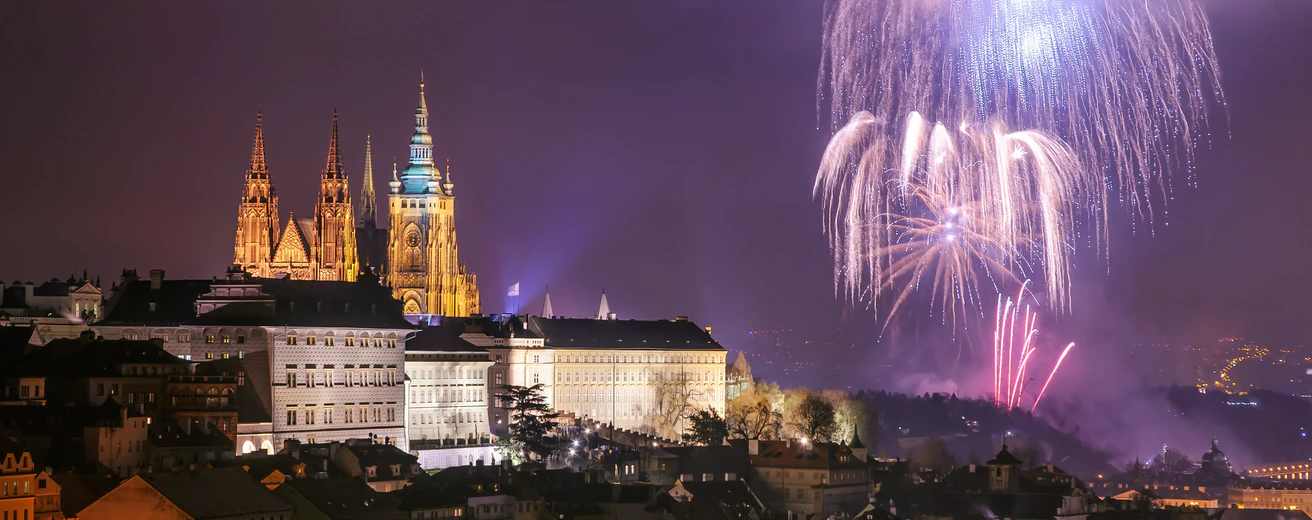 |
| Image by Marek Kijevský / 500px Images |
Prague is the equal of Paris in terms of beauty. Its history goes back a millennium. And the beer? The best in Europe.
The 1989 Velvet Revolution that freed the Czechs from communism bequeathed to Europe a gem of a city to stand beside stalwarts such as Rome, Paris and London. Not surprisingly, visitors from around the world have come in droves, and on a hot summer's day it can feel like you’re sharing Charles Bridge with half of humanity. But even the crowds can’t take away from the spectacle of a 14th-century stone bridge, a hilltop castle and a lovely, lazy river – the Vltava – that inspired one of the most hauntingly beautiful pieces of 19th-century classical music, Smetana’s Moldau symphony.
The best beer in the world just got better. Since the invention of Pilsner Urquell in 1842, the Czechs have been famous for producing some of the world's finest brews. But the internationally famous brand names – Urquell, Staropramen and Budvar – have been equalled, and even surpassed, by a bunch of regional Czech beers and microbreweries that are catering to a renewed interest in traditional brewing. Never before have Czech pubs offered such a wide range of brews – names you'll now have to get your head around include Kout na Šumavě, Primátor, Únětice and Matuška.
6. Ha Long Bay, Vietnam
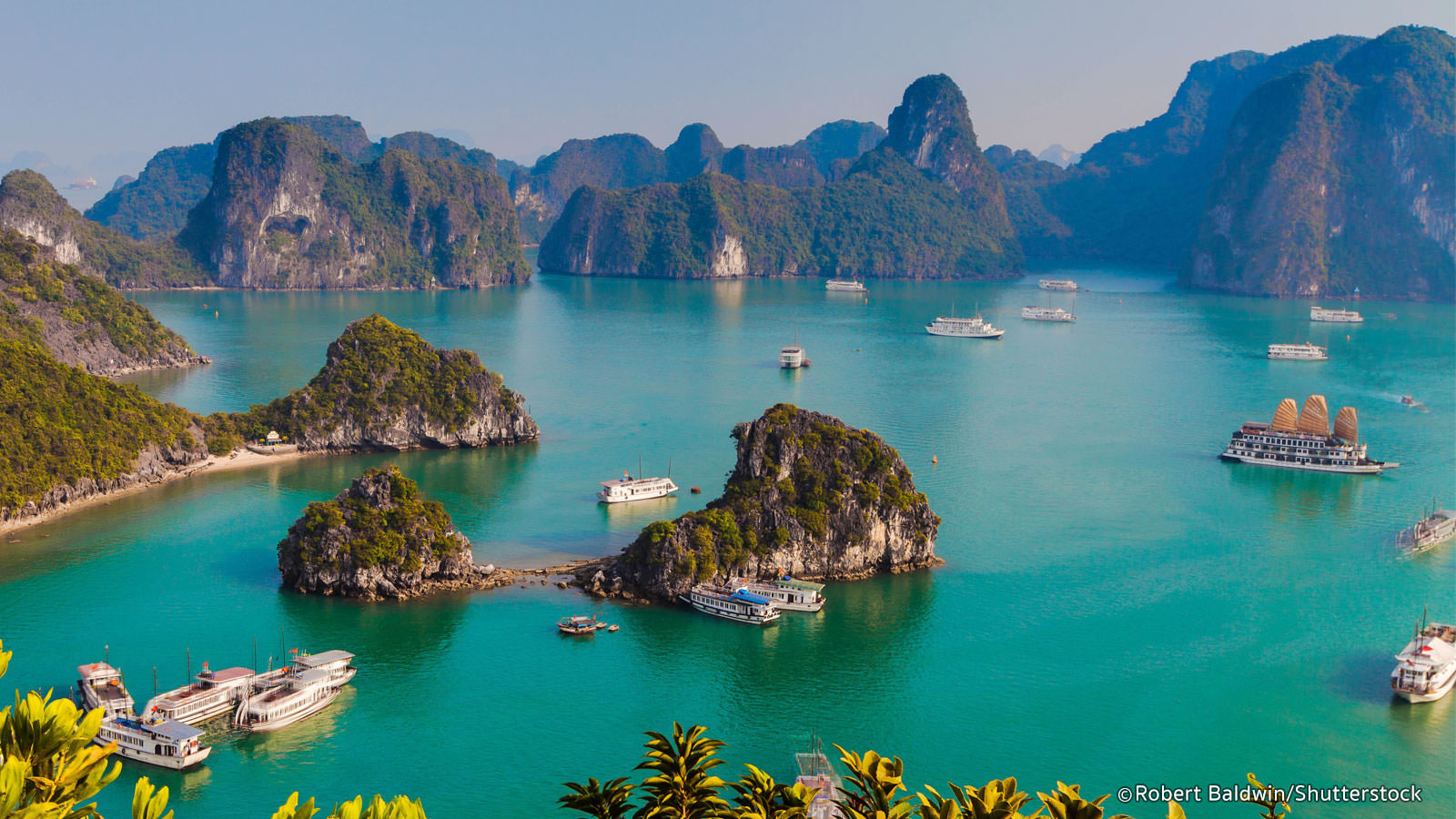 |
| Phôt: Vietnam Discovery |
Halong Bay is a beautiful natural wonder in northern Vietnam near the Chinese border. The Bay is dotted with 1,600 limestone islands and islets and covers an area of over 1,500 sqkm. This extraordinary area was declared a UNESCO World Heritage Site in 1994. For many tourists, this place is like something right out of a movie. The fact is that Halong Bay features a wide range of biodiversity, while the surrealistic scenery has indeed featured in endless movies.
The best way to get to Halong City is by car, minibus or bus from Hanoi which is only 170km away. If budget is not a problem, an hour-long helicopter transfer is also available.
7. Great Ocean Road, Australia
 |
| Twelve Apostles rock formations, Great Ocean Road, Victoria, Australia (Image credit: Shutterstock/Greg Brave) |
Flanked on the south by the tempestuous Southern Ocean, the Great Ocean Road is Australia's most scenic highway. It passes by some of the country's most amazing vistas and natural landmarks, and is on Australia's National Heritage list, a list of places deemed to be of outstanding historical, natural and cultural significance to Australia.
The Great Ocean Road runs along the southeast coast, from Torquay in the east to Allansford in the west. It covers a length of 151 miles (243 km) and parallels the southern edge of the continent for most of the way, though it occasionally deviates to cut inland and zigzag around a landform or natural formation. The entire route takes about 9.5 hours, and tourists typically spend three days doing the drive.
The road winds through coastal scenery for most of its length, running along cliff tops, skirting beaches and coves, and passing through rainforests and by waterfalls. Highlights include the Otway rainforest canopy, which takes visitors high up through the canopy of a myrtle beech (Nothofagus cunninghamii) forest, and the Grotto, a stretch of limestone coast that has been eroded into fantastical shapes and formations. Perhaps the most spectacular attraction, however, is a series of limestone sea stacks called the Twelve Apostles. These rock formations were part of the mainland 20 million years ago but have eroded over time and now form pinnacles just offshore.
The idea of creating the Great Ocean Road grew out of a desire to commemorate the Australian soldiers who died during World War I, according to SBS News, an Australian news site. Construction of the road began in 1918, after a survey crew laid out the route the previous year. Many members of the construction crew were servicemen who had returned from the war and needed jobs. The road was constructed piecemeal, and it was completed in 1932.
8. Seychelles
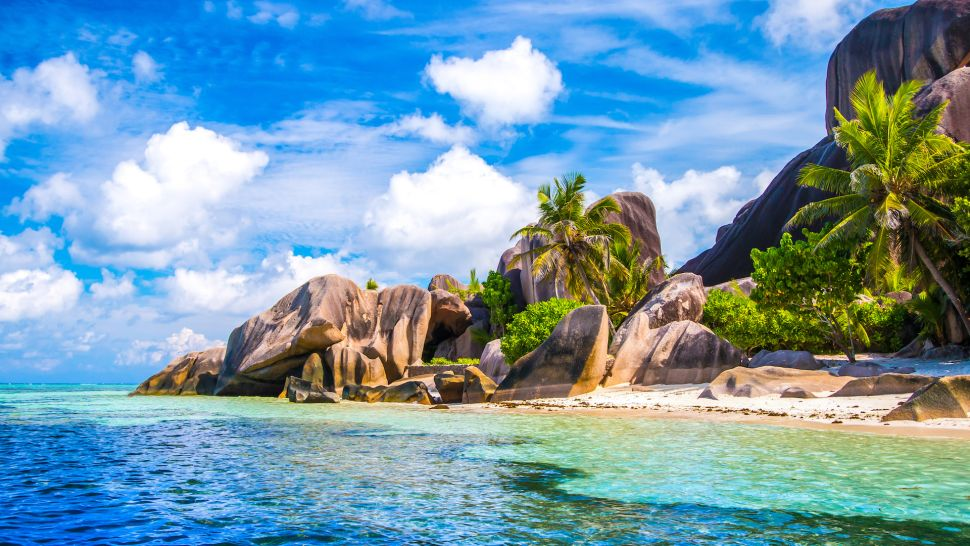 |
| The famous beach, Source d'Argent at La Digue Island, Seychelles (Image credit: Shutterstock/Zoltan.Benyei) |
Seychelles, island republic in the western Indian Ocean, comprising about 115 islands, with lush tropical vegetation, beautiful beaches, and a wide variety of marine life. Situated between latitudes 4° and 11° S and longitudes 46° and 56° E, the major islands of Seychelles are located about 1,000 miles (1,600 km) east of Kenya and about 700 miles (1,100 km) northeast of Madagascar. The capital, Victoria, is situated on the island of Mahé.
Seychelles, one of the world’s smallest countries, is composed of two main island groups: the Mahé group of more than 40 central, mountainous granitic islands and a second group of more than 70 outer, flat, coralline islands. The islands of the Mahé group are rocky and typically have a narrow coastal strip and a central range of hills. The overall aspect of those islands, with their lush tropical vegetation, is that of high hanging gardens overlooking silver-white beaches and clear lagoons. The highest point in Seychelles, Morne Seychellois (2,969 feet [905 metres]), situated on Mahé, is located within this mountainous island group. The coralline islands, rising only a few feet above sea level, are flat with elevated coral reefs at different stages of formation. These islands are largely waterless, and very few have a resident population.
9. Aleutian Islands
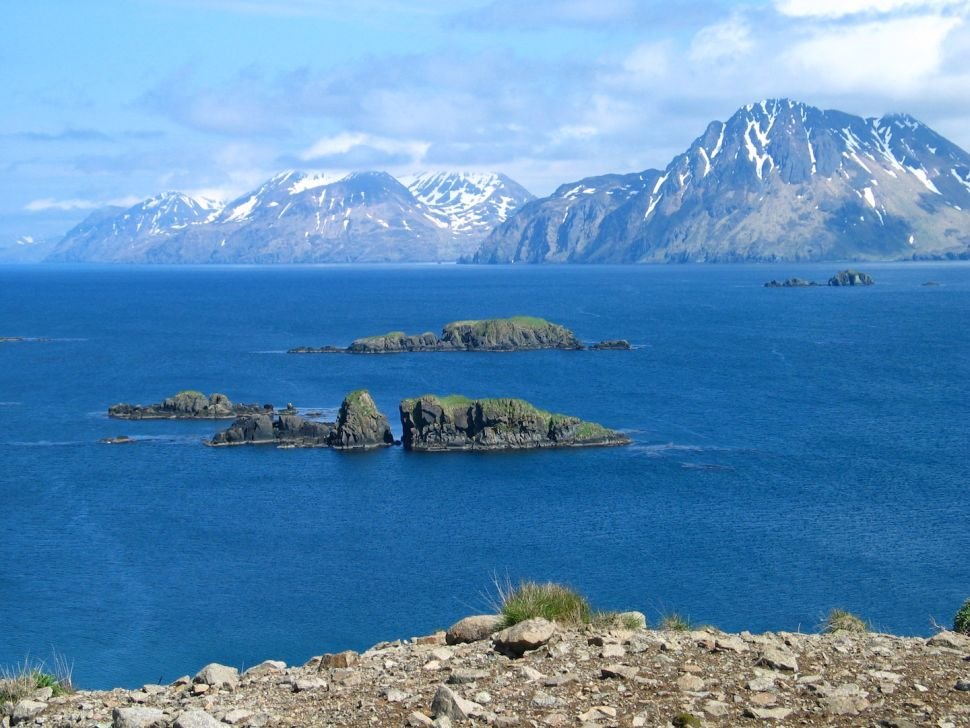 |
| Adak Island, Alaska. (Image credit: Getty Images) |
Aleutian Islands, chain of small islands that separate the Bering Sea (north) from the main portion of the Pacific Ocean (south). They extend in an arc southwest, then northwest, for about 1,100 miles (1,800 km) from the tip of the Alaska Peninsula to Attu Island, Alaska, U.S. The Aleutians occupy a total area of 6,821 square miles (17,666 square km).
The archipelago consists of 14 large islands, some 55 smaller islands, and innumerable islets. Nearly all of them are part of the U.S. state of Alaska. The major island groups from east to west are the Fox Islands, the Islands of the Four Mountains, and the Andreanof, Rat, and Near islands. The Komandor (Commander) Islands near the Kamchatka Peninsula of Russia are also geographically part of the Aleutians.
The Aleutian Islands form a segment of the circum-Pacific chain of volcanoes (often called the Ring of Fire) and represent a partially submerged continuation of Alaska’s Aleutian Range. Most of the islands bear marks of volcanic origin; some volcanoes—such as Shishaldin Volcano (9,372 feet [2,857 metres]), near the centre of Unimak Island—have remained active. The shores are rocky and worn by the surf, and the approaches are dangerous. In most places the land rises abruptly from the coasts to steep, bold mountains. The main navigational lanes through the chain are the Unimak, Umnak, Amukta, and Seguam passes.
10. Machu Picchu
Just shy of 600 years ago, a small plateau between two lushly forested peaks high in the Andes became a building site for the Inca Empire’s greatest city.
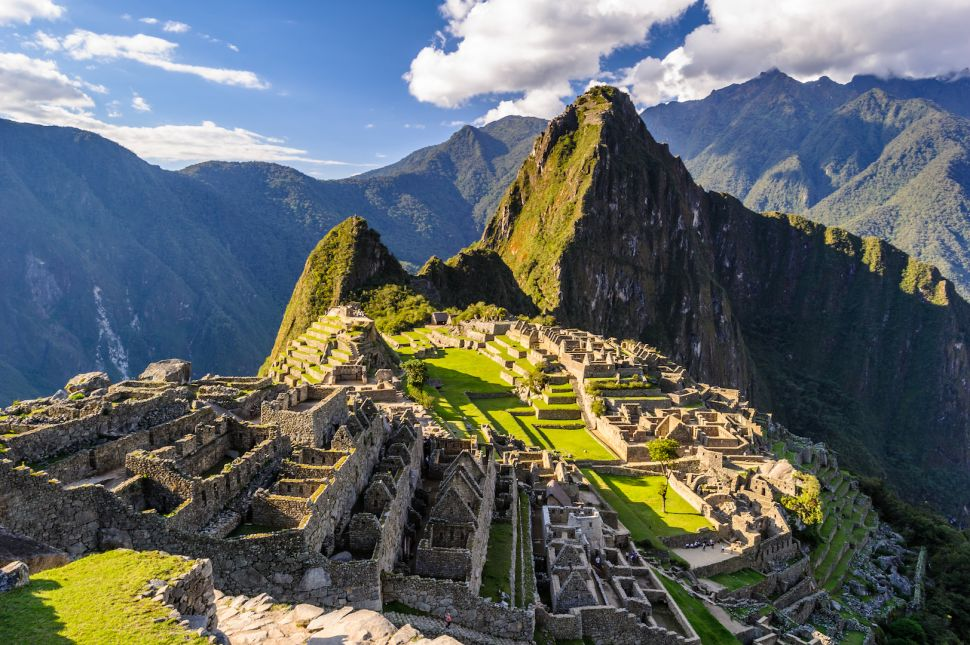 |
| Machu Picchu, a Peruvian Historical Sanctuary in 1981 and a UNESCO World Heritage Site in 1983. (Image credit: Shutterstock/Anton_Ivanov) |
This citadel in the clouds was abandoned only 100 years later but Spanish invaders never found Machu Picchu. It was left to nature before explorer Hiram Bingham caught wind of it on an expedition in 1911 and decided to investigate. A hidden city protected by the mountains, and still wonderfully inaccessible other than by foot or train, Machu Picchu is now a New Seven Wonders of the World.
The busiest time of year to visit Machu Picchu is between July and October, when the weather is typically dry and pleasant. If you’re planning your Machu Picchu travel for this time period, prepare for crowds and make sure to book tickets and tours well in advance.
The rainy season runs from November through March or early April, with downpours (and muddy trails) at their peak between January and March. The Inca Trail is closed each February for maintenance.
If you’re looking to avoid the worst of the crowds without risking too much rain, visit Machu Picchu during the months of April, May, and June.
The most popular way for adventurous travelers to reach Machu Picchu is the famous Inca Trail, which takes you on a four-day trek through the mountains and directly to the ruins. For those who don’t have the time and/or fitness to conquer the full trail, there’s a two-day version of the Inca Trail that’s shorter and easier. Note that access to the trail is restricted to just 500 people per day (including support staff—you can’t hike the Inca Trail without a guide), and permits sell out months in advance.
Fortunately, there are less crowded alternative hikes to choose from. Consider the strenuous five-day Salkantay trek for incredible high-altitude scenery, or the four-day Lares trek for stops in local Andean communities. If you’re really up for a challenge, consider the Choquequirao trek, which takes you to hidden Incan ruins that most visitors to Peru never get to see.
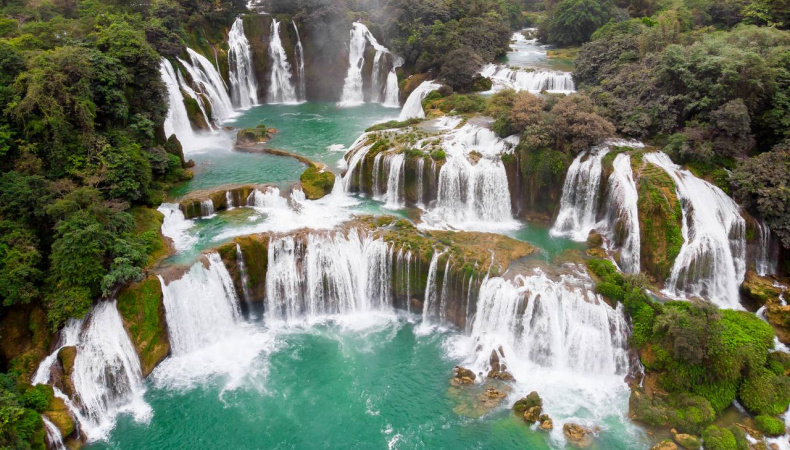 | Top 10 Best Waterfalls in Vietnam To Visit in Holidays Vietnam is a land of natural beauty and famous tourism spots. Here is 10 most beautiful waterfalls in Vietnam for you to have a visit ... |
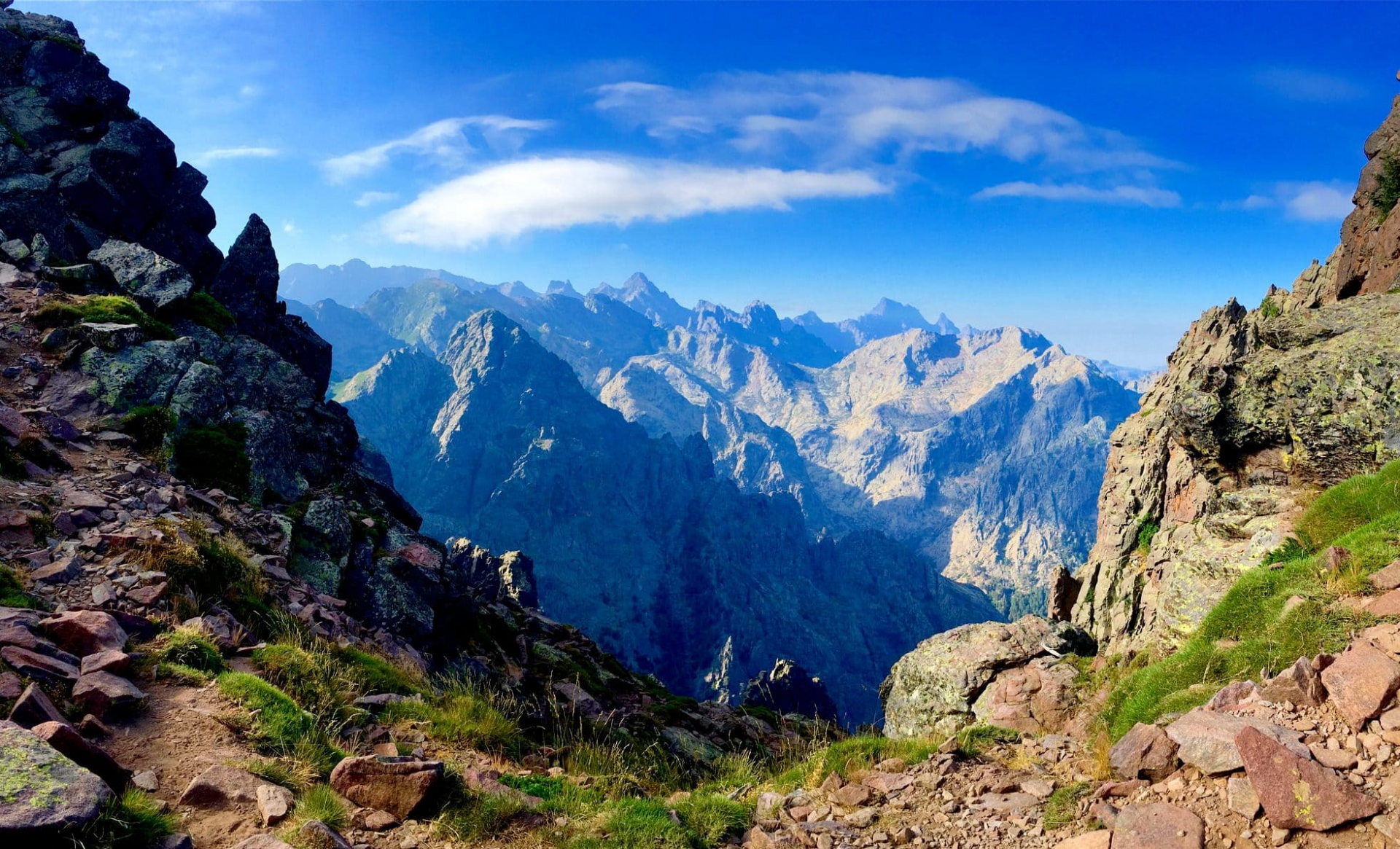 | Top 10 Best Treks In The World For Adventurous Travellers To Discover For adventurous travellers, a long walk through the forests is not exhausting at all, and find joy along the way. Here is top 10 best ... |
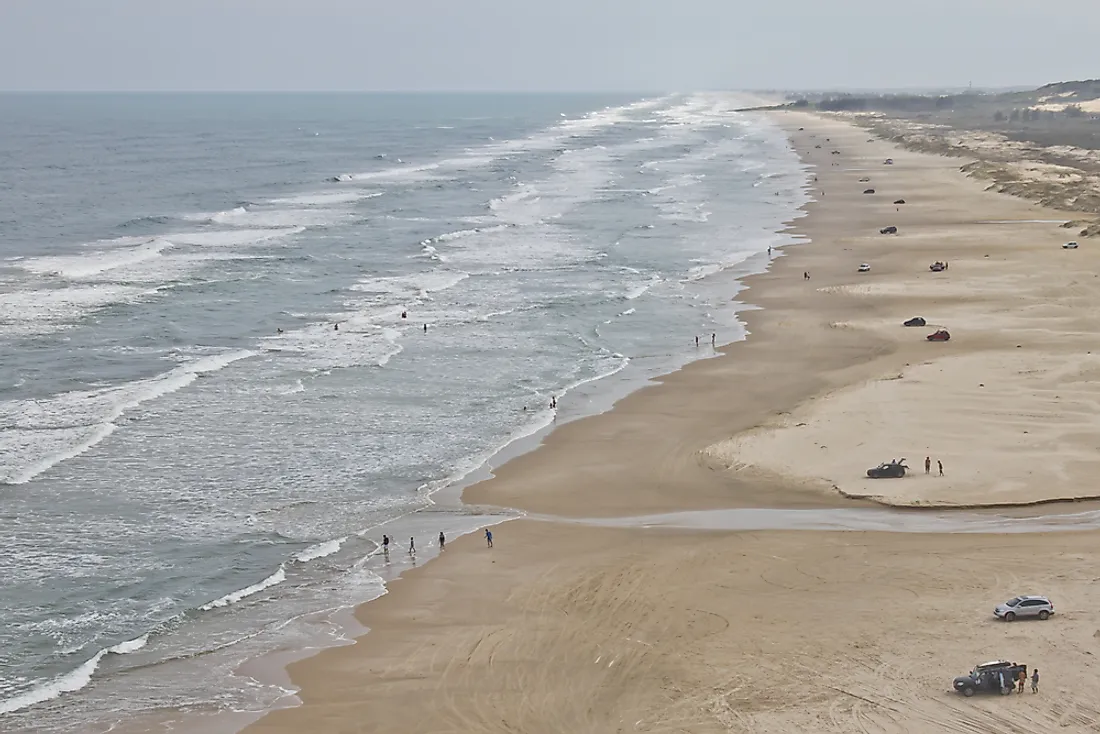 | Top 10 Longest Beaches in the World Summer is the season of holidays, beaches and relaxation. Here is the list of top 10 longest beaches in the world for you to add ... |
Recommended
 World
World
Pakistan NCRC report explores emerging child rights issues
 World
World
"India has right to defend herself against terror," says German Foreign Minister, endorses Op Sindoor
 World
World
‘We stand with India’: Japan, UAE back New Delhi over its global outreach against terror
 World
World
'Action Was Entirely Justifiable': Former US NSA John Bolton Backs India's Right After Pahalgam Attack
 World
World
US, China Conclude Trade Talks with Positive Outcome
 World
World
Nifty, Sensex jumped more than 2% in opening as India-Pakistan tensions ease
 World
World
Easing of US-China Tariffs: Markets React Positively, Experts Remain Cautious
 World
World

